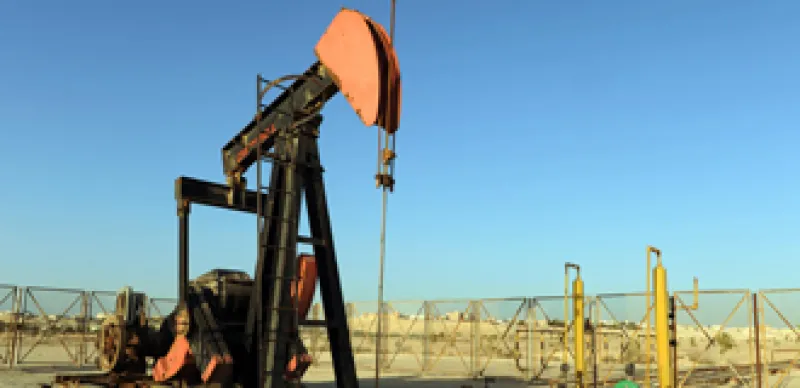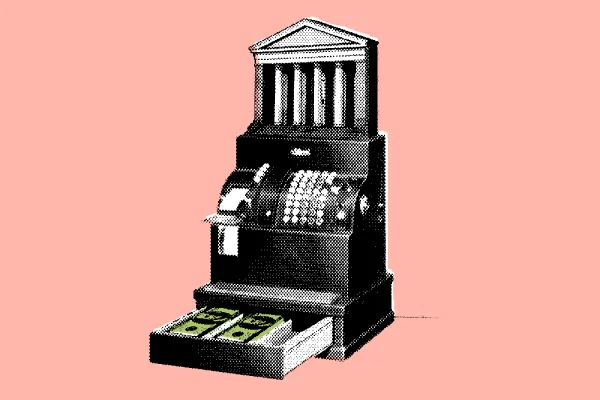Investors who watched oil prices zigzag in the last few weeks during the Egyptian uprising might as well keep their seatbelts fastened. The real wild card in oil prices, though, is the country that has always been the swing producer with the power to decide how much oil the world gets: Saudi Arabia.
The cable that Wikileaks released just a few days before Egyptian President Hosni Mubarak’s resignation, relating the claims of Sadad Ibrahim Al-Husseini, former executive vice president for exploration and production at Saudi Aramco, that Saudi Arabia’s estimates of its oil reserves are overblown by as much as 300 billion barrels, or nearly 40 percent, didn’t make oil prices budge much. That was at least in part because Al-Husseini has said the same thing before.
Still, there are plenty of reasons to expect prices to continue hovering in the $95 to $103-a-barrel range for Brent crude in the months ahead, and go up to $110 or above if, say, the Muslim Brotherhood wins the elections in Egypt, or there is more turmoil and accompanying uncertainty in the region.
That is one reason Jean-Marc Bonnefous, a managing partner at Tellurian Capital Management in London, a commodities-focused hedge fund group, believes this is a good time to go long on oil but also long on volatility to hedge against the downside risk of a bubble bursting. “Volatility in energy goes up when prices go down,” says Bonnefous. “It’s probably undervalued in every market now.”
Since early February, “there has been quite a bit of upside call options buying in crude oil in the back end of the forward curve from both corporate hedgers and investors,” says Bonnefous. He believes that Egypt’s turmoil was responsible for only about $1 to 2 in price movements. Barring a major political crisis in the region, he says the determining factor in the year ahead is likely to be whether Saudi Arabia joins other OPEC nations in trumpeting $100-a-barrel. And he thinks they have good reason to do so.
Saudi oil minister Ali al-Naimi has been saying since December that he favors an oil price of $70 to $80 a barrel, and that Saudi Arabia has plenty of reserves to support that price range. Since the Kingdom doesn’t allow independent audits, whether its capacity estimates are accurate is a factor behind market sentiment, especially with the cable from Wikileaks re-opening that debate.
Other OPEC ministers have been more sanguine about rising prices, at least in part because their countries need increasing oil revenues to fund domestic social spending. Iranian Oil Minister Massoud Mirkazemi has said some members do not find $100 or even $120 a barrel a cause for concern. Venezuelan Oil Minister Rafael Ramirez recently called $100 a barrel "fair value," and Libya also backs that view.
Industry representatives testifying before Congress on Feb. 3 forecast a strong supply in the first half of 2011, but a tightening in the second half that will support higher prices. Roger Diwan, a partner in PFC Energy, told Congress that OPEC might turn out to be less concerned about inflation than of supporting price increases, if only to preserve the purchasing power of the dollar-denominated barrel. Bonnefous notes the importance of purchasing power at a time when all commodity prices are rising; saying OPEC countries will need higher oil revenue to pay the higher costs of food.
Rising oil prices have been good not only for traders who went long, but also for funds that invest in closely correlated equities. Blackrock’s BGF World Energy Fund, for example, outperformed the MSCI World Energy index by close to 5 percent last year by investing in independent exploration and production companies. (The fund’s top holdings as of Dec. 31 were Anadarko, Occidental and Schlumberger.)
Sector Investment Managers’ $80 million Junior Oils Trust, which invests in smaller cap E&Ps that control reserves in the ground — top holdings as of Dec. 31 were Caza Oil & Gas, Encore Oil and Dragon Oil — is up around 25 percent from its previous high in mid-2008, when oil prices were at their all time peak.
On the other hand, it will not be good for U.S.’s fragile economic recovery if pump prices cut into consumers’ ability to spend on other things. According to the International Energy Agency (IEA) around 5 percent of GDP is the danger zone. That translates to anything above $95 a barrel for Brent crude, says oil analyst Stephen Schork, who publishes the daily Schork Report on energy and shipping markets.
Schork considers the current price range “irrational exuberance,” and says a rise to $110 to $120 in 2011 would send oil into bubble territory, as in $145 a barrel in July of 2008, followed by a steep decline, although it might take an actual disruption of oil flows to reach that record high this year.
What constitutes an adequate supply to keep prices from inflating depends on whether you ask the IEA, which says OPEC needs to pump 400,000 barrels per day over what is expected this year, or the cartel itself, which puts the figure at 160,000 bpd. “The only cushion between higher prices and the market is Saudi Arabia’s spare production capacity,” says Bonnefous. “If they don’t increase production it could go to $120 a barrel later this year.”






